NDT Just Murdered B.o.B.





NDT just murdered B.o.B.
More Posts from Smartler and Others
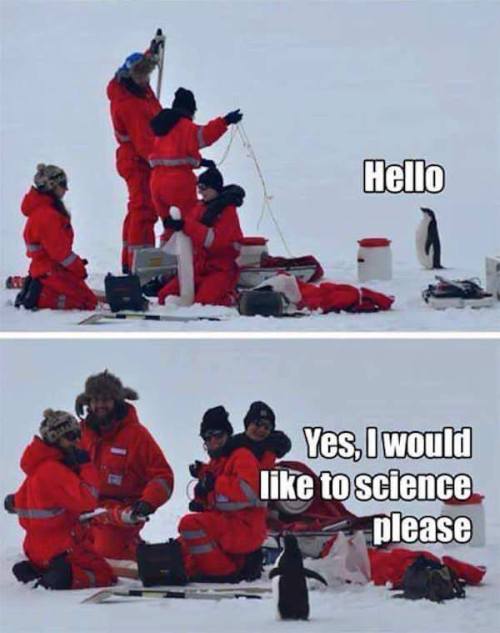
If Earth had Saturn’s Rings
From an excellent post by Jason Davis
From Washington, D.C., the rings would only fill a portion of the sky, but appear striking nonetheless. Here, we see them at sunrise.

From Guatemala, only 14 degrees above the equator, the rings would begin to stretch across the horizon. Their reflected light would make the moon much brighter.

From Earth’s equator, Saturn’s rings would be viewed edge-on, appearing as a thin, bright line bisecting the sky.

At the March and September equinoxes, the Sun would be positioned directly over the rings, casting a dramatic shadow at the equator.

At midnight at the Tropic of Capricorn, which sits at 23 degrees south latitude, the Earth casts a shadow over the middle of the rings, while the outer portions remain lit.

via x
8 of the world’s most bizarre flowers:
1.) Swaddled Babies

2.) Flying Duck Orchid

3.) Hooker’s Lips Orchid

4.) Ballerina Orchid

5.) Monkey Orchid

6.) Naked Man Orchid

7.) Laughing Bumblebee Orchid

8.) White Egret Orchid









Solving the data processing alone is mindnumbing…
The amount of sensory information collected pose a huge storage problem and require real-time signal processing to reduce the information to relevant data. In mid 2011 it was estimated the array could generate an exabyte a day of raw data, which could be compressed to around 10 petabytes.
Square Kilometre Array
The Square Kilometre Array (SKA) is a radio telescope project that will be built in Australia and South Africa. It will have a total collecting area of approximately one square kilometre. It will operate over a wide range of frequencies and its size will make it 50 times more sensitive than any other radio instrument.
The Square Kilometre Array SKA



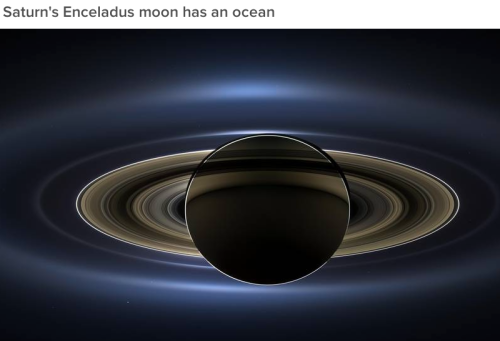


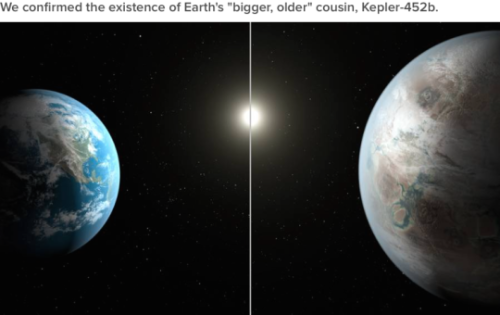


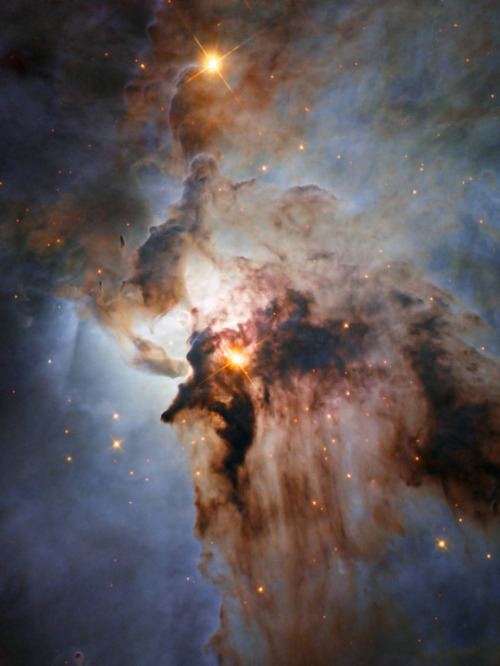
From water on Mars to Pluto’s heart, 2015 was a huge year of discovery for NASA. These don’t even mention, the “close encounters” we had with celestial objects this year.
About your previous post, space-paintings sound awesome
You’re awesome


Check out our infographic on Venus here: http://astronomyisawesome.com/infographics/10-facts-about-venus/
New video on the Hubble Sequence! Had a lot of fun making this one, enjoy!
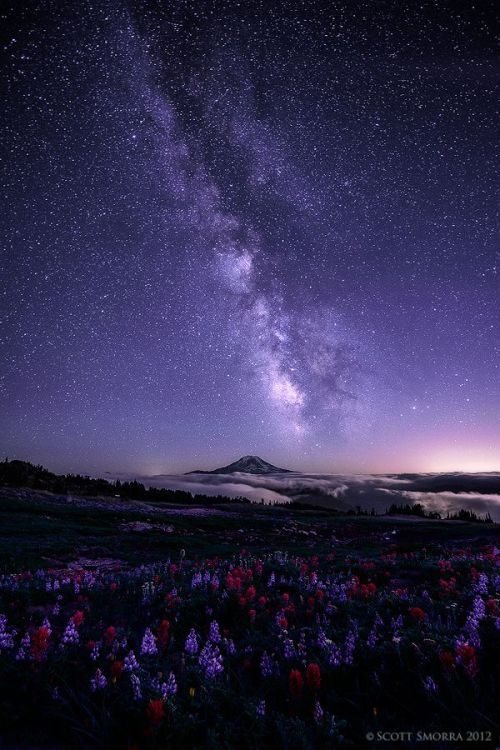
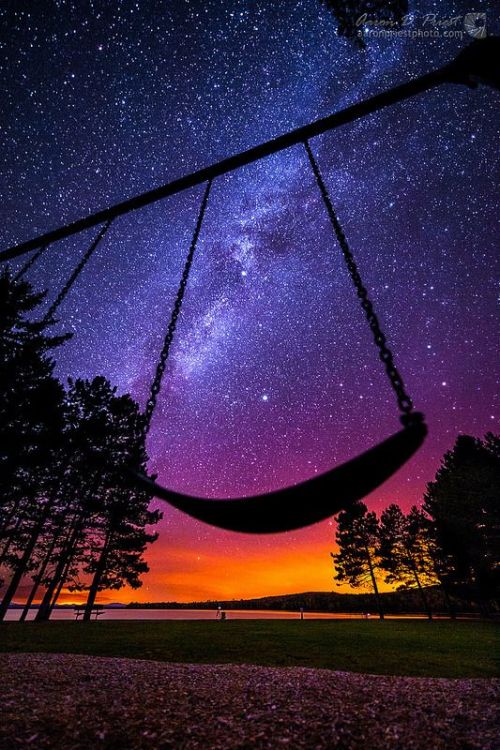
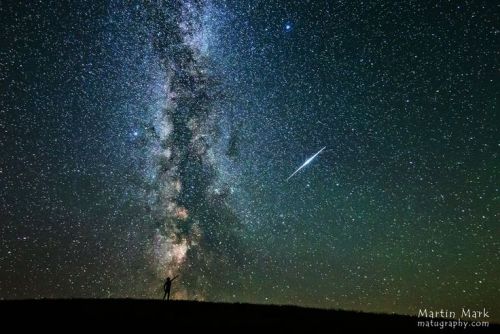

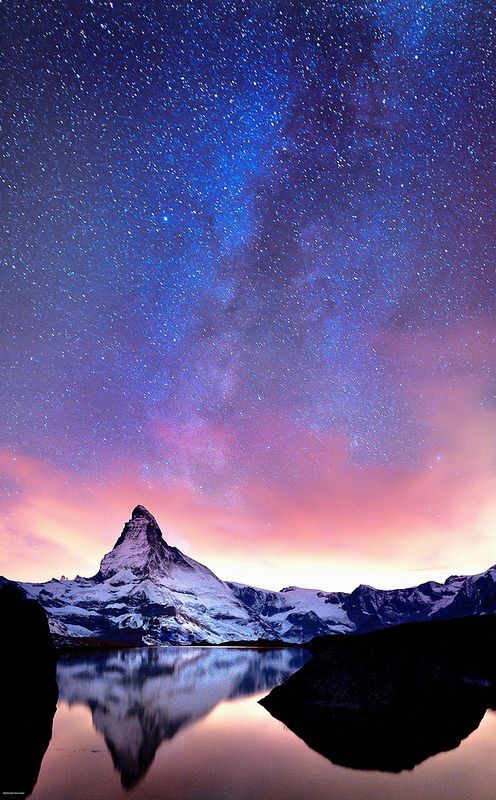
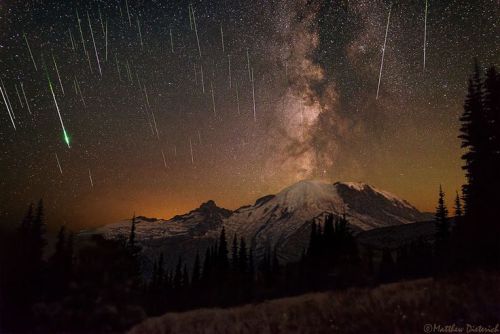
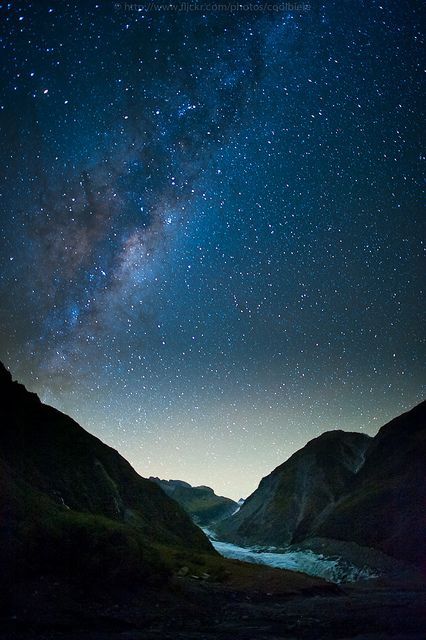
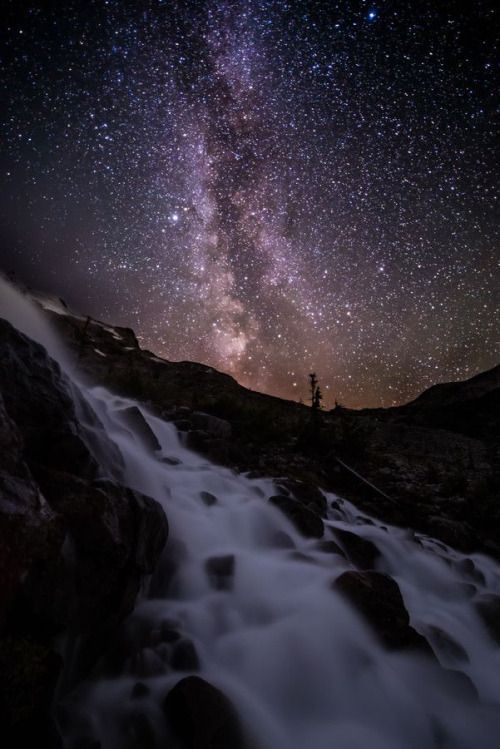
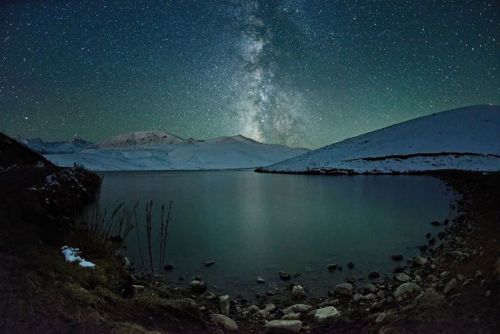
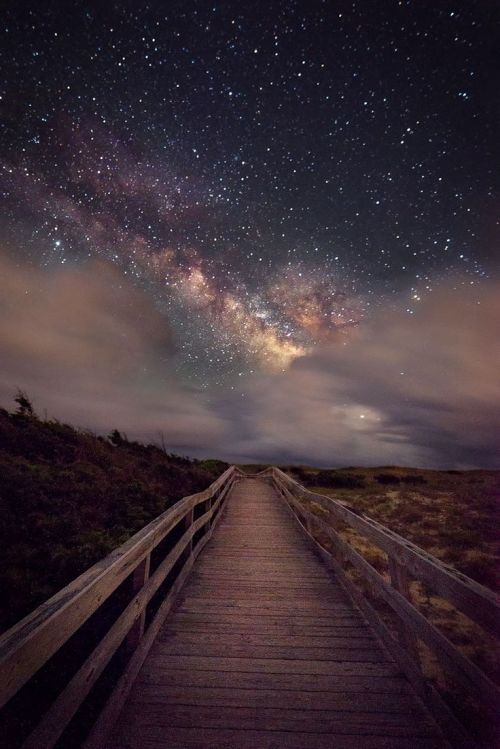
Possibly the best collection of images of the Milky Way from here on Earth ever!
If you don’t love the Milky Way Galaxy, you’re invited to leave!
So cool. The vastness of our solar system put into perspective.
-
 i5c6d2 liked this · 4 years ago
i5c6d2 liked this · 4 years ago -
 rabiddaffodil44 liked this · 4 years ago
rabiddaffodil44 liked this · 4 years ago -
 zenroch liked this · 5 years ago
zenroch liked this · 5 years ago -
 taggedshowstyle liked this · 5 years ago
taggedshowstyle liked this · 5 years ago -
 renlongwaters liked this · 6 years ago
renlongwaters liked this · 6 years ago -
 art3midapotter liked this · 6 years ago
art3midapotter liked this · 6 years ago -
 sassysleeplord liked this · 6 years ago
sassysleeplord liked this · 6 years ago -
 nightmaresrequim reblogged this · 6 years ago
nightmaresrequim reblogged this · 6 years ago -
 kaotic-neutral reblogged this · 6 years ago
kaotic-neutral reblogged this · 6 years ago -
 unitedable liked this · 6 years ago
unitedable liked this · 6 years ago -
 dont-bitch-about-it liked this · 6 years ago
dont-bitch-about-it liked this · 6 years ago -
 alloftherebeccanamesaretake-blog liked this · 6 years ago
alloftherebeccanamesaretake-blog liked this · 6 years ago -
 canadian-antifa liked this · 6 years ago
canadian-antifa liked this · 6 years ago -
 one-open-diary reblogged this · 6 years ago
one-open-diary reblogged this · 6 years ago -
 choirofgeese reblogged this · 6 years ago
choirofgeese reblogged this · 6 years ago -
 myboydidnothingwrong liked this · 6 years ago
myboydidnothingwrong liked this · 6 years ago -
 rockgirl19 liked this · 6 years ago
rockgirl19 liked this · 6 years ago -
 striveseekfindandyield liked this · 6 years ago
striveseekfindandyield liked this · 6 years ago -
 ranch-doggo-blog liked this · 6 years ago
ranch-doggo-blog liked this · 6 years ago -
 kezokinos liked this · 6 years ago
kezokinos liked this · 6 years ago -
 laaavy liked this · 6 years ago
laaavy liked this · 6 years ago -
 youtubehunter-blog liked this · 6 years ago
youtubehunter-blog liked this · 6 years ago -
 youdontpourmycereal liked this · 7 years ago
youdontpourmycereal liked this · 7 years ago -
 cuzitsmindblowing-blog liked this · 7 years ago
cuzitsmindblowing-blog liked this · 7 years ago -
 ghostlyzonkturtledreamer liked this · 7 years ago
ghostlyzonkturtledreamer liked this · 7 years ago -
 nnoohin liked this · 7 years ago
nnoohin liked this · 7 years ago -
 idiotic--fangirl reblogged this · 7 years ago
idiotic--fangirl reblogged this · 7 years ago -
 internethome liked this · 7 years ago
internethome liked this · 7 years ago -
 ladyluck25 reblogged this · 7 years ago
ladyluck25 reblogged this · 7 years ago -
 moomlz liked this · 7 years ago
moomlz liked this · 7 years ago -
 itsbilliejoemotherfuckers liked this · 7 years ago
itsbilliejoemotherfuckers liked this · 7 years ago -
 cursedmemechild liked this · 7 years ago
cursedmemechild liked this · 7 years ago -
 bomzviixii-blog liked this · 7 years ago
bomzviixii-blog liked this · 7 years ago -
 notaschuyler liked this · 7 years ago
notaschuyler liked this · 7 years ago -
 ajr596 reblogged this · 7 years ago
ajr596 reblogged this · 7 years ago -
 zebmazki liked this · 7 years ago
zebmazki liked this · 7 years ago -
 the-little-garbagefire-who-could liked this · 7 years ago
the-little-garbagefire-who-could liked this · 7 years ago -
 y-hlqmdlg reblogged this · 7 years ago
y-hlqmdlg reblogged this · 7 years ago -
 unreachablecat liked this · 7 years ago
unreachablecat liked this · 7 years ago -
 eyewhiskers liked this · 7 years ago
eyewhiskers liked this · 7 years ago -
 hengedraws liked this · 7 years ago
hengedraws liked this · 7 years ago